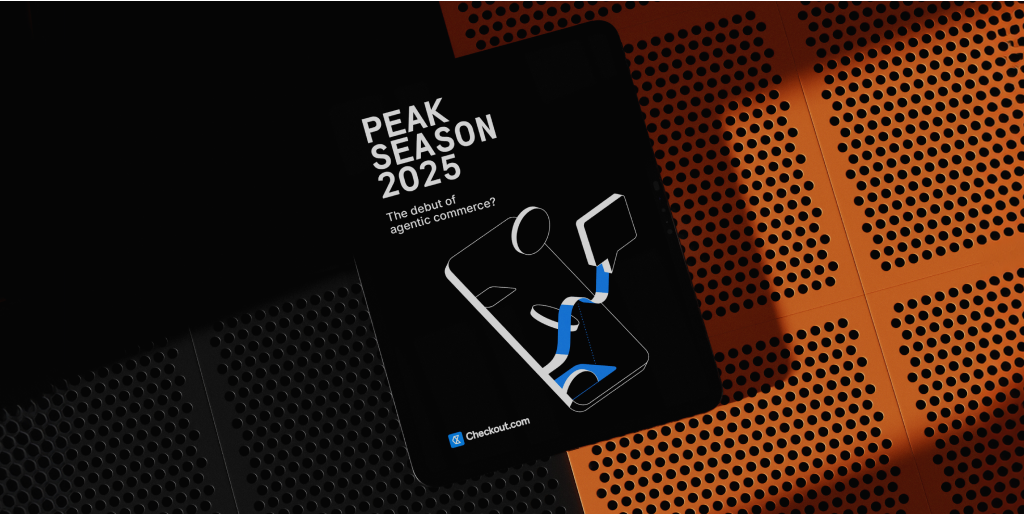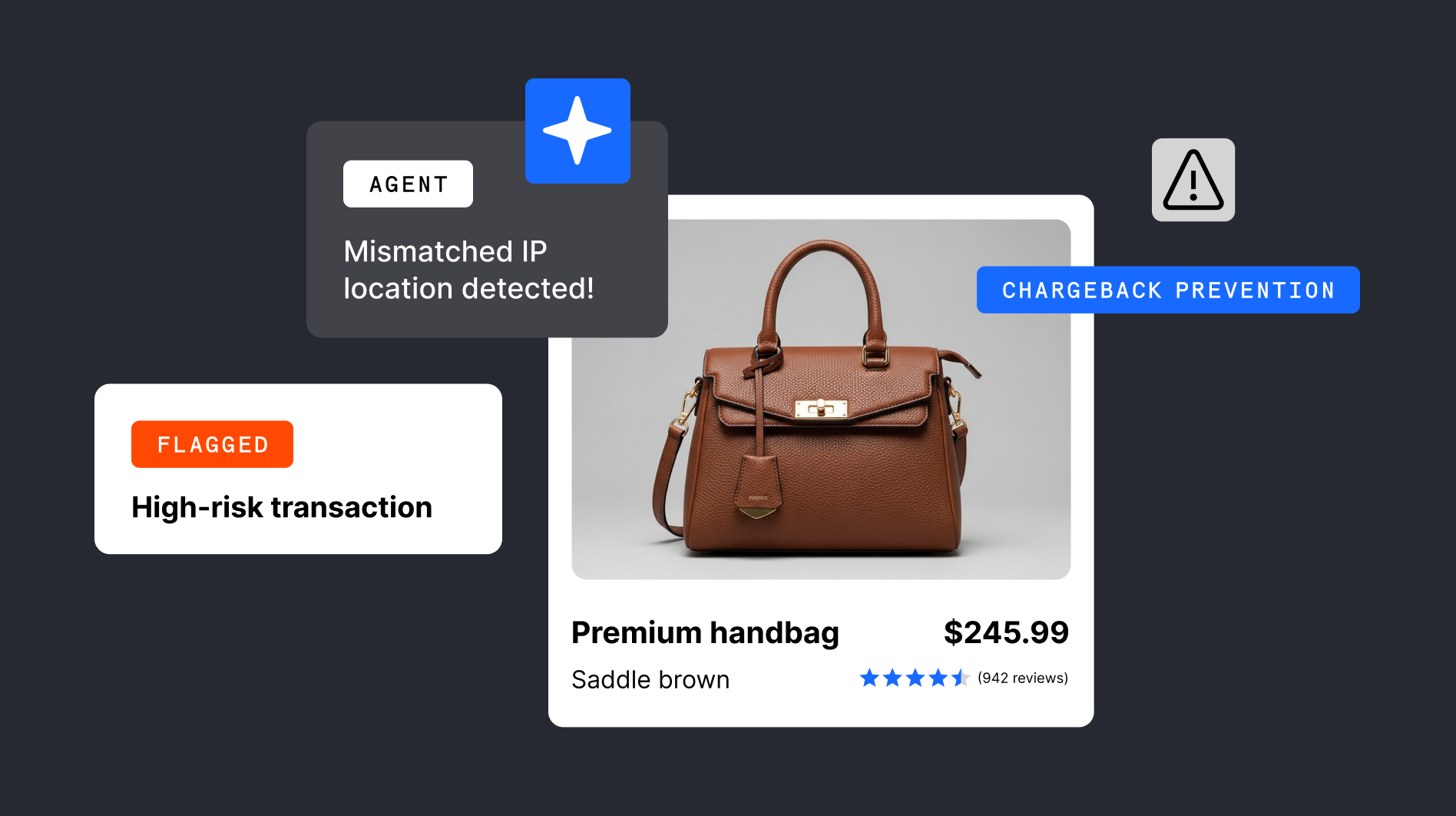In an era where online security is paramount, businesses are seeking innovative ways to verify identities efficiently and securely. Face authentication has emerged as a key player in biometric security, revolutionizing how organizations validate users and protect customer data.
In France, more than half (55%) of people believe that digital ID verification will be part of the future of payments, according to a 2025 study from Checkout.com. Almost one in two (49%) believe this tech will make the internet a safer place to transact.
That said, this technology is only just beginning to take hold, with younger people more likely to have used facial recognition in their everyday lives. Our research found 18% of people in France have used facial recognition technology to verify their identity online. This increases to one in five (21%) in the Gen Zers and Millennial age groups.
This guide explores everything you need to know about face authentication, its role in fraud prevention, and which lines of business it’s best suited to.
What is face authentication?
Face authentication is a biometric verification method that relies on the unique features of an individual’s face to confirm their identity. It involves capturing images of the user’s face and analyzing characteristics such as the distance between the eyes, the shape of the nose, and other physical features. These characteristics are then used to create a digital template that’s matched against stored data to verify the user’s identity.
The technology is highly secure, enabling a simple authentication process that’s easy to carry out on a smartphone.
What kind of fraud does face authentication address?
Authentication via facial recognition is vital in reducing identity fraud and impersonation.
It’s particularly useful to prevent someone other than the user from gaining control of their accounts. This is known as “unauthorized account access” and it can happen in many ways: someone guessed the user’s password, tricked the user into disclosing a one-time passcode, or created some fake documents to fool an in-person representative. What’s harder to fake, steal, spoof or forget is your biometric data: the pattern of your veins, shape of your fingerprint or the exact position of your facial features.
Face authentication is often used as part of “multi-factor authentication” (MFA) which means the user needs to provide several methods of identity confirmation. Since the user is likely already trying to access their account on their smartphone, it’s not too much of an interruption to request a quick image of their face.
Why face authentication is important in biometric security
Face identification technology maps the unique physical features of a human’s face. This is much more secure using a password or a physical device (both of which can be lost, shared or stolen) for access to a service or account.
That’s the fundamental benefit of “biometric” data: it’s intrinsic to a human individual. It’s something they are, rather than something they know or have.
In this way, face authentication helps businesses comply with industry regulations such as Know Your Customer (KYC) and Anti-Money Laundering (AML) requirements. By incorporating secure biometric solutions, organizations can meet these regulatory standards without causing inconvenience to customers.
Moreover, face authentication offers a level of convenience that traditional methods like passwords or PINs cannot match, as users can easily authenticate themselves without the need to remember complex credentials. This combination of security, compliance, and user-friendly design makes face authentication a valuable asset for businesses in various sectors.
How does face authentication work?
The process can only work with users that have first completed identity verification with a face and document match.
The process of face authentication can be summarized in five steps:
- First, the system captures an image or a video of the user’s face using a camera-equipped device (such as a smartphone).
- Next, advanced algorithms measure the characteristics of various facial features. For example, measuring the contours of the face, the shape and position of the eyes, and the structure of the cheekbones.
- These features are converted into a digital model that represents the user’s facial identity.
- When the user next attempts to log in, facial authentication takes place. The user is asked to film their face, and the system compares images from this video with stored video data to determine if there is a match.
Face authentication systems often incorporate liveness detection to ensure that the face being scanned belongs to a three-dimensional person and is not a photo, mask or video.
- Within a few seconds, the system returns a detailed response code. The merchant decides the next steps of the authentication process based on various response codes.
When is face authentication a fit for my business?
Face authentication is best suited to business types which need to validate the identity of their customers. It’s particularly suited to:
- Larger businesses which need to carry out identity checks at scale
- Highly regulated businesses that have AML and KYC obligations
- Those selling high-ticket items (to protect against losses from fraud)
- Platforms and services which are vulnerable to spoofing, impersonation or identity fraud
- Businesses that need to regularly re-authenticate their users or employees, such as delivery service providers
As you can see, there’s a spectrum of business types ranging from “could benefit from face authentication” to “definitely needs face authentication”. It’s suitable for businesses looking to make efficiency gains in terms of process duration and staff workload.
Here are some of the main industries which can benefit from face authentication:
Financial services sector
Cyber crime such as impersonation, fraud, and use of deepfakes presents a growing challenge in financial products and services. Identity fraud increased 150% year-on-year across Europe in 2024, with banking and insurance among the worst affected industries.
In addition to these challenges, any entity handling customer funds must meet an ever-changing range of compliance obligations, regulations, laws, and international industry standards.
Using face authentication, fintechs such as challenger banks and electronic money institutions can provide the easy, digital-first authentication experience that customers expect. Solutions from a reputable and reliable provider will meet the necessary data handling requirements.
Further uses of face authentication include anti-money laundering (AML) checks, and know your customer (KYC) protocols. It’s also a convenient way to verify the identity of customers carrying out high-value transactions.
Ecommerce and retail businesses
Identity theft hit over a third (36%) of global ecommerce merchants during 2022-2024, according to the Merchant Risk Council.
Merchants selling online can use facial recognition technology to provide secure account access. As customers are already likely to be using a camera-equipped device to shop online, face authentication can be a quick and easy process.
This helps to build customer trust, and makes customers’ personal data harder for criminals to access.
Travel and hospitality
For a complex and fast-moving industry like travel, it’s common to work with a really broad range of suppliers, contractors, and partners. You’ll be the face of all these disparate parties in the eyes of your customer, so it’s vital to provide a secure, branded, and trustworthy experience.
And more than half (53%) of payments leaders in the travel industry cited cybersecurity and fraud as a major challenge.
Face authentication can streamline identity checks for airlines, hotels, and travel platforms aiming to enhance customer experience with fast, secure identity checks for bookings and check-ins.
Online gambling and gaming platforms
Platforms handling large volumes of users and fund flows may need to carry out additional checks from time-to-time. Authentication using facial recognition technology can ensure secure logins and compliance with age verification laws.

Face verification and liveness detection with Checkout.com
Global brands like Uber Eats and DocuSign trust Checkout.com’s Identity Verification to deliver secure and reliable customer authentication.
Our Face Authentication service enables fast-paced re-authentication, ensuring returning users are who they claim to be. With live video and biometric matching, Face Authentication removes the friction from returning-user flows.
AI-powered biometric detection upgrades the security of user processes such as password recovery, re-onboarding, or enhanced authentication flows.
Fintech platform Swan benefitted from faster customer validation using Checkout.com’s Identity Verification.
"With Face Authentication from Checkout.com, we’ve transformed our passcode reset process, cutting it down from three days to just minutes while strengthening security. Even better, this change has doubled user conversion rates for this flow," says Benjamin Grall, Senior Product Manager at Swan.
Ready to learn more? Explore how our Identity Verification solution can transform your business today.
If you’re interested in the technological specifications, please take a look at our Identity Verification documentation for more details.















.png)
